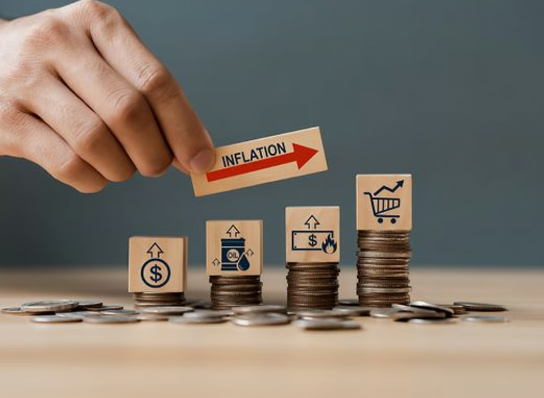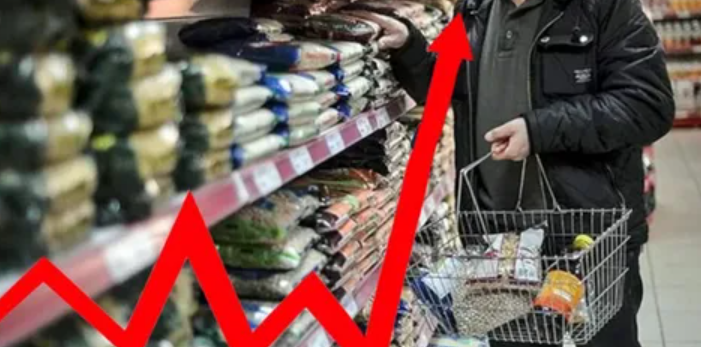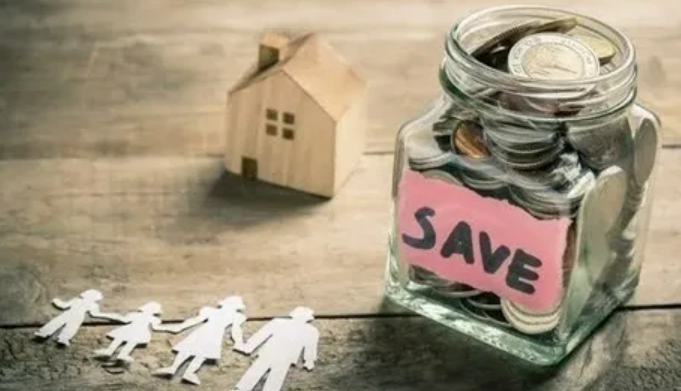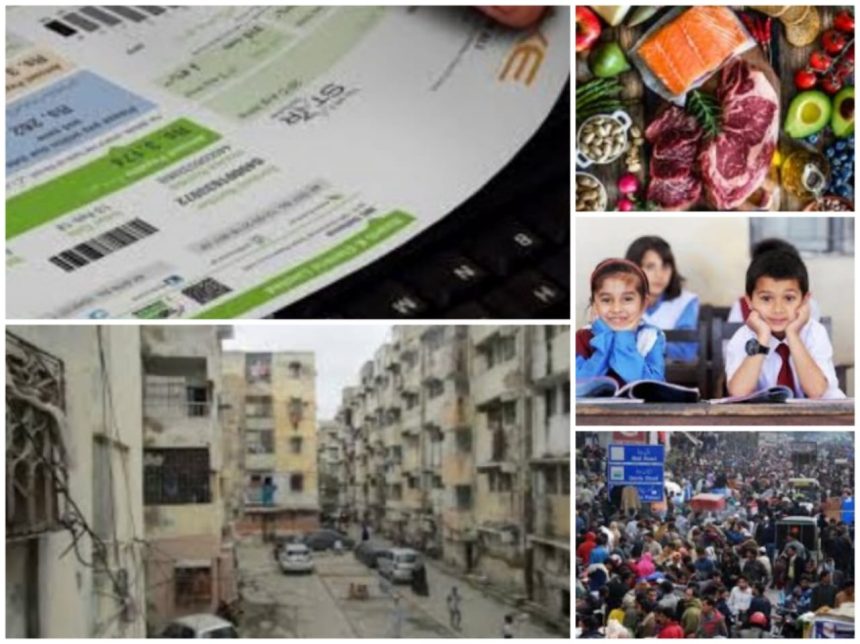Reality Check: How Inflation Is Impacting Middle-Class Buying Power |Rikhtiya
Introduction
Inflation is more than just a headline buzzword or a statistic buried in financial reports. For millions of middle-class families around the world, inflation translates directly into shrinking paychecks, tighter budgets, and tough choices. In this article, we break down the real impact of inflation on middle-class buying power, backed by facts and relatable examples.
- Introduction
- What Is Inflation?
- How Inflation Impacts the Middle Class
- 1. Groceries and Essentials Cost More
- 2. Housing Becomes Less Affordable
- 3. Savings Lose Value Over Time
- 4. Healthcare and Education Become Luxury Items
- Psychological and Lifestyle Effects
- How the Middle Class Is Coping
- Is There a Way Out?
- Conclusion: A Shifting Financial Reality
What Is Inflation?

At its core, inflation is the rate at which the prices of goods and services increase over time. While moderate inflation is considered normal in a growing economy, rapid or sustained inflation can erode purchasing power and hurt economic stability.
Common Drivers of Inflation:
Increased demand and limited supply
Rising production costs (fuel, labor, raw materials)
Expansionary monetary policy and printing of money
Global crises (e.g., pandemics, wars, supply chain disruptions)
How Inflation Impacts the Middle Class
The middle class, often considered the economic backbone of any country, is disproportionately affected by inflation. Unlike the wealthy, who may have assets that grow with inflation, and the poor, who often receive subsidies or aid, the middle class absorbs most of the economic shock.
1. Groceries and Essentials Cost More

Basic food items like flour, eggs, milk, and vegetables have seen double-digit price hikes in many regions. A family that once spent $300 a month on groceries might now be spending $400 for the same basket of items—without any increase in income.
🔎 Keyword Target: inflation and food prices, rising grocery costs
2. Housing Becomes Less Affordable

Mortgage interest rates often rise to combat inflation. This means higher monthly payments for new buyers and reduced affordability for renters as landlords raise rents to offset costs.
Rent in urban areas has increased by 15–25% in some cities.
First-time buyers are finding it harder to save for down payments.
💡 Inflation makes both renting and owning harder for the middle class.
3. Savings Lose Value Over Time

Traditional savings accounts and fixed-income investments offer low returns. When inflation rises faster than your savings interest rate, your money loses value in real terms.
For example, if your savings earn 4% annually and inflation is 8%, you’re effectively losing 4% buying power each year.
🔎 Keyword Target: inflation and savings erosion, real interest rate
4. Healthcare and Education Become Luxury Items

Private healthcare and quality education have long been staples of the middle-class dream. But inflation has made both increasingly unaffordable:
School tuition fees are rising faster than wage growth.
Health insurance premiums and out-of-pocket expenses have surged.
Families are now forced to make tough decisions—sacrificing quality for affordability.
Psychological and Lifestyle Effects
Beyond finances, inflation has deep psychological effects:
Increased financial anxiety
Delayed life goals (buying a home, starting a family, saving for retirement)
Reduced discretionary spending (travel, entertainment, dining out)
In many households, this results in a lower quality of life, even when salaries remain the same on paper.
⚠️ Reality check: The middle class is working just as hard—if not harder—but getting less in return.
How the Middle Class Is Coping
Despite challenges, middle-class households are adapting in creative ways:
Switching to budget brands
Reducing non-essential expenses
Seeking side gigs or freelance work
Investing in assets that hedge against inflation, like gold or real estate
Still, these are short-term solutions, not permanent fixes.
Is There a Way Out?
To protect middle-class buying power, governments and central banks must take coordinated steps:
Control inflation through tighter monetary policies
Boost wage growth to match inflation rates
Strengthen social safety nets and middle-income tax relief
Encourage financial literacy to help households make better money decisions
For individuals, focusing on smart investments, diversified income sources, and mindful spending can offer some protection.
Conclusion: A Shifting Financial Reality
The impact of inflation on the middle class is not hypothetical—it’s happening now, in grocery stores, housing markets, and household budgets. While global and national economic forces are at play, the day-to-day burden is felt at the dinner table and in family decisions.
As inflation continues to reshape economic realities, it’s time for policymakers, businesses, and individuals alike to face the reality check and plan accordingly.
🔍 SEO Summary
Primary Keyword: impact of inflation on middle class
Secondary Keywords: inflation and buying power, inflation and groceries, middle-class financial pressure, inflation and lifestyle changes
Meta Description: Discover how inflation is impacting the middle-class buying power in real terms—from groceries and housing to savings and lifestyle choices. A must-read financial reality check.








